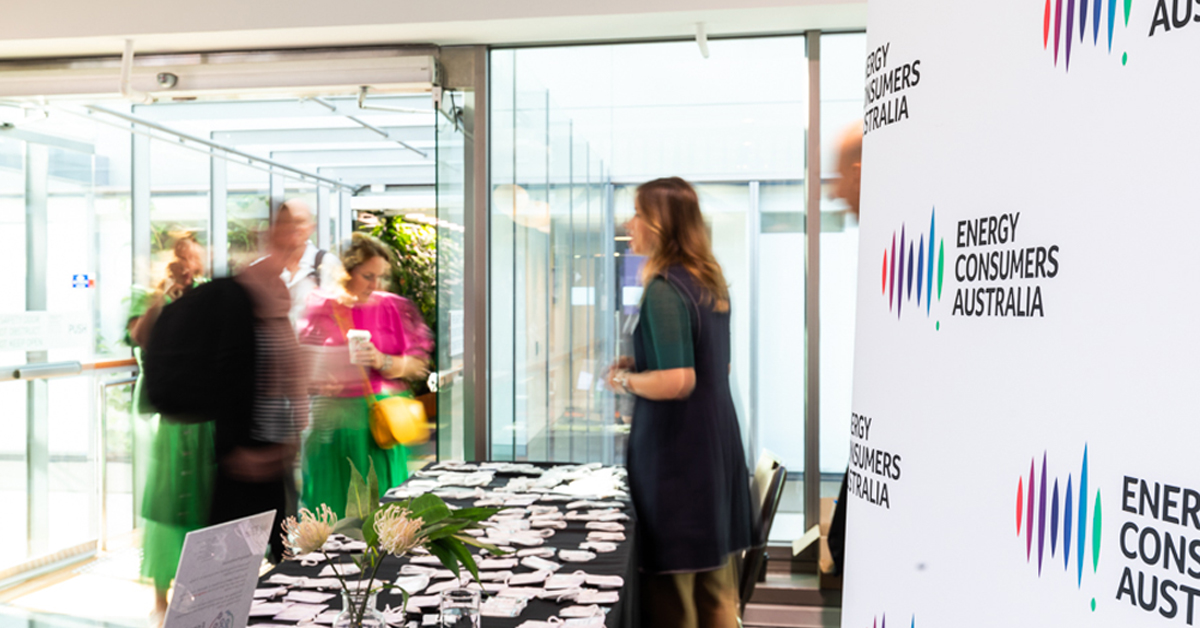These findings should be interpreted with care. The report covers a period of significant wholesale price volatility and increases. This, and the subsequent retail market response, has implications for the analysis.
Key findings

Nationally, average annual electricity bills for SMEs consuming 20,000 kWh per annum increased by 19% ($1,120) between October 2021 and October 2022.

Electricity bills increased in all jurisdictions. NSW had the greatest annual increases in bills ($2,375 or 42%) while businesses in WA have the lowest increase ($165 or 3%).

SMEs in SA have the highest annual electricity bills ($8,595) while VIC businesses have the lowest ($5,860).

Average annual gas bills increased by 21% ($610) between October 2021 and October 2022 for SMEs consuming 100 GJ per annum.

Gas bills have also increased in all jurisdictions compared to a year ago. The greatest increases to average bills have been in SA ($985 or 28%), while the lowest increase is in TAS ($160 or 3%).

TAS businesses continue to have the greatest annual gas bills ($4,900) and VIC businesses have the lowest ($2,720).
Summary fact sheets:
You can access a summary of our study nationally below:
You can also access state by state factsheets:
Energy Bill Data Packs
The following workbooks/Data Packs allow you to enter consumption levels and analyse bills for electricity and gas market offers available to small business customers.
Calculate historical electricity bills by state
Calculate historical gas bills by state
Background
Increases in energy costs can adversely impact all businesses, large or small, undermining their long-term profitability and contribution to the Australian economy. Energy Consumers Australia commends the attention that has been brought to bear in the Australian Competition and Consumer Commission’s Retail Electricity Pricing Inquiry on the unacceptable pressures facing Australian businesses and consumers as a result of the price increases over the past ten years.
Through ongoing work on the SME retail tariff tracking project Energy Consumers Australia continues to build the evidence base of the costs facing small businesses, particularly those that are energy intensive and are unable to pass on those costs. As in other markets, for competition to be effective the transparency of information is an important tool so that consumers can participate with confidence.
The Small and Medium Enterprise (SME) Retail Tariff Tracker is an ongoing project for Energy Consumers Australia. It collects data every April and October, with reports on trends published in June and December.
Previous Results
SME Retail Tariff Tracker Final Report: December 2022
SME Retail Tariff Tracker Final Report: June 2022
SME Retail Tariff Tracker Final Report: December 2021
SME Retail Tariff Tracker Final Report: June 2021
SME Retail Tariff Tracker Final Report: December 2020
SME Retail Tariff Tracker Preliminary Report: June 2020
SME Retail Tariff Tracker Preliminary Report: December 2019
SME Retail Tariff Tracker Final Report: June 2019
SME Retail Tariff Tracker Final Report: December 2018
SME Retail Tariff Tracker Final Report: June 2018
SME Retail Tariff Tracker Final Report: December 2017
SME Retail Tariff Tracker Preliminary Report: October 2017


